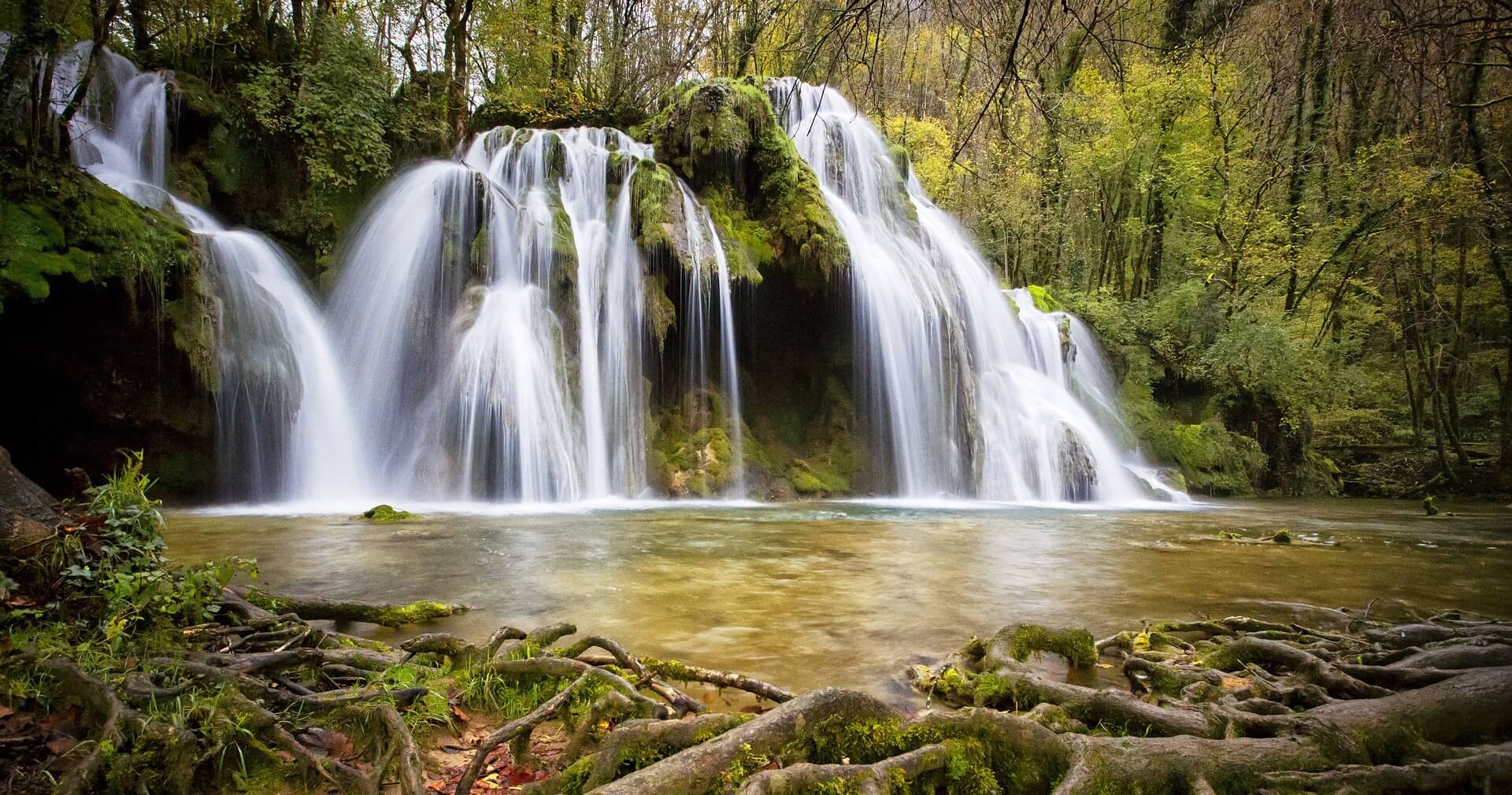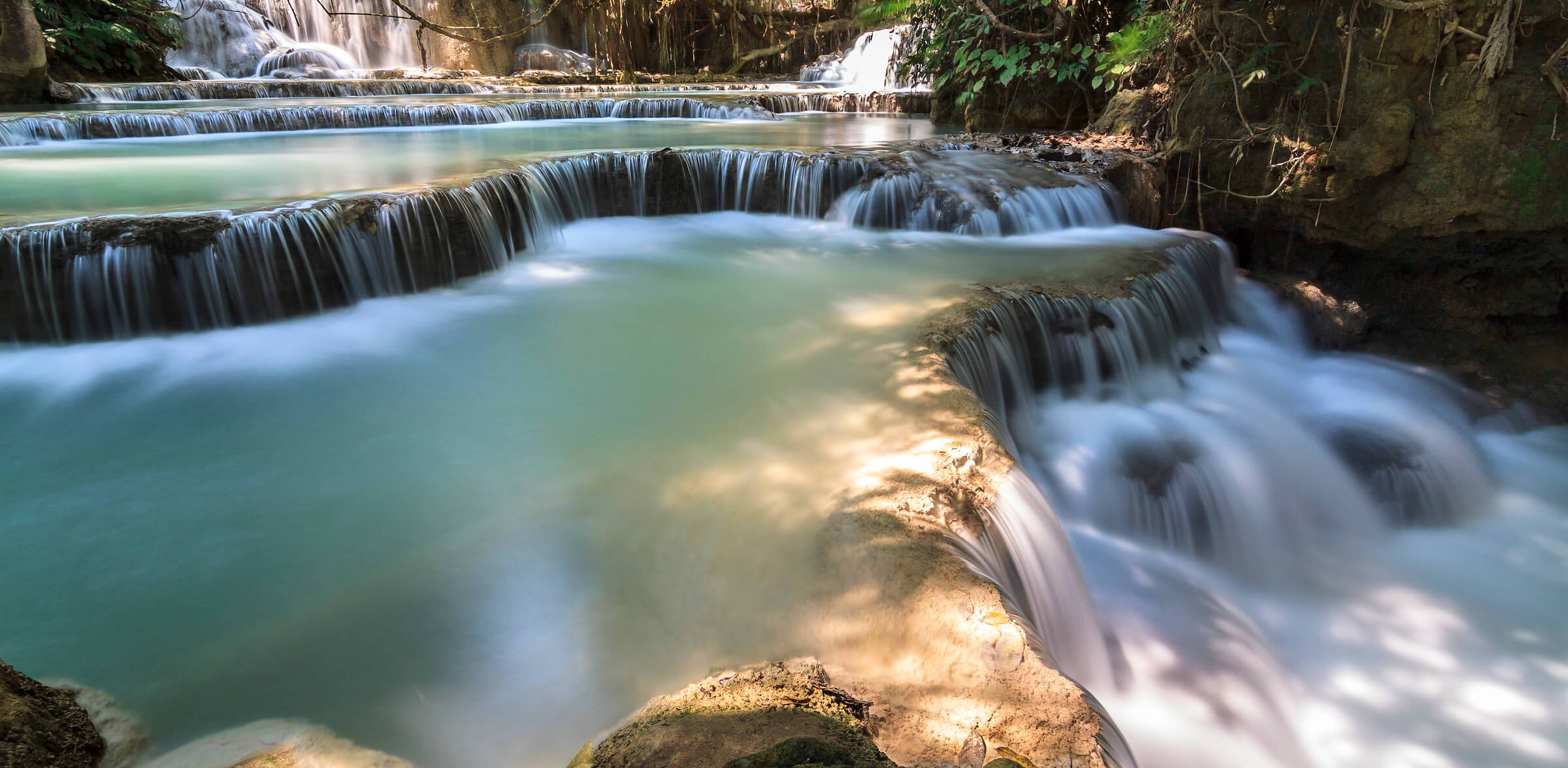How to use an ND filter for long exposure?
Last update: 04/19/2024
Our blog continues to grow thanks to you, our readers. This post may contain affiliate links, which means we can earn a small commission if you make a purchase through them, at no extra cost to you. This helps us to continue to bring you more and support our work!
All photographers agree that taking pictures of long exposures can significantly improve your pictures, especially landscape photography. This article is written in addition to another article that explains how to do a long exposure in photography and the related techniques. As is the topic of this article, depending on the shooting conditions, the use of an ND filter is required. Indeed, I will explain in detail how to use an ND filter to do a long exposure. However, I will not talk about ND variable filter voluntarily in this article.
I personally consider the ND filter to be part of the photo equipment (or photo accessories) needed to take beautiful pictures in the wilderness. It is perfect for a landscape photographer looking to enhance his pictures with a long exposure time on a waterfall in broad daylight for example.

As Amazon Associates, we earn from qualifying purchases. It means that, all the links linking to camera gear in this post are redirecting to Amazon stores
Reminders on ND filters (neutral density filter)
This article is in addition to the two complete guides on ND filters that I wrote:
- What is the purpose of an ND filter in photography?
- Which ND filters to choose and how to make this choice?
To put it simply, the objective of an ND filter is to reduce due to its opacity (which vulgarly speaking means “darkness”), the amount of light reaching the sensor of your camera, thus reducing the shutter speed of the shot. For identical shooting conditions, the more opaque your filter is, the slower the shutter speed will be. The principle itself is therefore simple.
When to use an ND filter for a long exposure?
To know how to use an ND filter properly, it is necessary to know when to use them for a long exposure. This depends essentially on two aspects:
- The shooting conditions,
- The pronounced effect of the desired long exposure.
Regarding the shooting conditions, it is necessary to use an ND filter for a long exposure, in the middle of the day in all cases. Since the brightness is too strong, you will need to reduce the exposure time with a high-density ND filter (ND 400 to ND 1000). If you don’t know how to choose an ND filter yet, I invite you to read my very detailed article on the subject.
In low-light conditions (sunrise/sunset), it is possible that despite your camera being on an optimal setting, the long exposure effect won’t be strong enough on your picture. Depending on the brightness, a half-second or even a 1′ long exposure is possible. However, this will not be enough to have a really blurred effect of the scene. In this specific case, two solutions will be possible: use an ND filter of low or high density depending on the desired effect.
Note that if you want to do a long night exposure, you will not need to use an ND filter (but only a tripod)!
How to use an ND filter: the basic approach
From a technical point of view, long exposure requires some training, but over time, using an ND filter becomes child’s play (or almost). The basis of the technique is always the same:
- Locate your subject that you are going to take a picture of,
- Set up your camera on a tripod (to avoid camera shake blur),
- Compose your photo (requires special attention) and remove your lens hood,
- Activate the mirror lock,
- Remove the stabilization from your camera lens (to prevent the stabilizer from trying to autofocus on an element),
- Cover your viewfinder (from stray light),
- Switch to remote control mode on your camera,
- Choose “Aperture Priority” Mode (Av at Canon and A for Nikon)


A tripod must be used to do a long exposure with an ND filter
The entire process listed above is identical, regardless of the shooting conditions (day/night, etc.) and regardless of the density of the ND filter that is used.
Use a low-density ND filter to perform a long exposure?
When I talk about low-density ND filters, I consider up to a loss of 6 stops, or an ND64 filter. So why is there a limit? Beyond an ND64 filter, the filter density is too high for some cameras to be able to focus with their AF. This simply means the filter doesn’t allow enough light through. A focus before the filter is installed is therefore necessary and then the filter will be added. This will be the case, for example, with high-density filters.
Using an ND filter for long exposure with low density filters is quite simple. The process will be almost identical for square filters with filter holders or ND screw filters. To know how to do a long exposure with this type of low-density filter, it is necessary to understand one simple thing: ND low-density filters are not entirely opaque. The DSLR sensor thus (usually) manages to focus on the scene.
All you have to do is follow the steps mentioned above: find the place, use your tripod (it won’t be possible to use handheld), frame correctly, adjust your camera for long exposure (mirror, viewfinder, noise reduction, remote control), choose your settings and focus (normally with autofocus). It is recommended here to turn off the autofocus and switch to manual mode (to prevent the autofocus when you shoot with the remote control from focusing elsewhere). Once the whole thing is done, all you have to do is trigger (with the remote control) and make sure to place well your ND filter (screw or on a filter holder). Note that you can either decide to place the neutral density filter on from the start or to place it on at the last moment when focusing.
Let the camera take the picture, which will automatically calculate the exposure time required based on the filter density (with Av / A mode enabled). A standby time is required after the picture is taken during a long exposure (generally twice as long as the exposure time of the picture). Once the result is obtained, check the exposure of the photo and adjust if necessary.

Be careful, even if it is likely that your camera can focus with an ND64 filter (this is the case with my camera and a B+W 106 filter), it is possible that the latter displays an exposure time of more than 30 seconds (for example if the scene is too dark). You can check the exposure time selected by the camera by pressing the shutter button halfway down. If the announced shutter speed is more than 30 seconds, you can use another technique, the same as the one used for long exposure with high density filters (see next paragraph).
Note that it is also possible to do long exposures with a circular polarizing filter (cpl), but this requires a little more practice. Special care should be taken with a wide angle or an ultra-wide-angle lens as vignetting may occur due to the thickness of the filters. The problem obviously does not occur with a telephoto lens or a large fixed focal length of 100mm (the viewing angle is too small).
Use a high density ND filter to do a long exposure (ND 400 and above)?
In cases where a high-density ND filter is used to do a long exposure, another technique is used. Unlike low-density filters, the camera can no longer focus because the filter is simply too opaque. The beginning of the process is identical to the realization of a long exposure with a low-density filter mentioned above (subject, framing, tripod, long exposure settings, choice of settings). Once you’re ready, here is the procedure to follow:
1 – In aperture priority mode (Av at Canon), and without a filter, focus on the scene of interest. Some people prefer to take the picture without a filter to check if the camera’s exposure metering in aperture priority mode is correct,
2- Check the exposure of the photo, with the histogram for instance. It may be necessary to correct,
3- Once the picture is correctly exposed, write down on a piece of paper the shutter speed that the camera gives you,
4- Lock the focus (= remove the autofocus) by switching to manual mode on your camera (M),
5- Set up the ND filter on your lens,
A little aside
There are 2 types of ND filters: ND screw filters (circular) and ND filters (square or rectangular) on filter holders. If you want to know the advantages and disadvantages of each, you can refer to my article.
- If you use an ND screw filter, simply screw it to the front of your lens (as carefully as possible),
- If you use an ND filter with a filter holder, I recommend that you first place your ND filter on your filter holder (in the slot closest to the unit). This way you only have to screw the adapter ring onto your lens and place the filter holder on it. Ideally, you can place your ring from the beginning to avoid additional movements on the tripod. This is one of the reasons why I prefer filter holders to screw filters. Alternatively, you can place the adapter ring for the filter holder in step 1, and place the filter holder on it ready to receive the filter. From here, you can start step 1. That’s what I often do.
In any case, keep in mind to make as few movements as possible on your tripod during the installation of your filter. Since the focus has already been set, moving your tripod may shift the focus and result in a blurry picture.
Let’s go back to the technique….
6- At that time it will be necessary to do a small mathematical calculation to adapt the shutter fdmqfd umwsmspeed to the density of your filter. What I recommend is either to use a suitable application for the calculation, or to make your own table with/without filter, in terms of shutter speed correspondence.
The principle is simple, you will have to compensate for the loss of light from the installation of the filter. To do this, you must adjust your shutter speed. In detail, the shutter speed given by the camera without filter must be multiplied by the attenuation factor of the filter (the number behind the “ND”). Yes, it seems like a headache, but it’s actually simple. As I’ve explained, you do not need to do these calculations yourself since there are already very good applications for this or ready-made tables.
Example:
Exposure time without filter: 1/4 s
With an ND 1000: 1/4 x 1000 = 250s (about 4 minutes -> 250/60)
Pretty simple, isn’t it?
7- Thanks to the calculation, you get the shutter speed to choose on your camera with the filter on,
8- Switch to manual mode (M) on your camera and report the initial parameters without filter (aperture and ISO) and adjust your shutter speed (the one calculated with the ND filter),
- If the reported shutter speed is less than 30 seconds, set the calculated speed with filter and simply trigger,
- If it is longer than 30 seconds, turn the wheel up to 30s. You will see a B mode (“bulb”) appear. This mode simply means that you will set the shutter speed by yourself. Depending on your camera, the Bulb mode is accessible by selecting the shutter speed beyond 30 seconds, or (as in Canon), in a separate mode to be selected with the main dial of the camera.
9- All you have to do is take your photo with your remote control and stop the image according to the shutter speed obtained during the calculation,
10- Last step, check the exposure of your image and its sharpness. If necessary, adjust the speed (more or less long) if you want to darken the picture, for example, because the picture is too bright. This is called overexposure of a picture.

Example of a picture with a high-density ND filter on the sea (observed milky effect)
As a reminder, if you want to learn how to take a long exposure photo, it will be necessary to master the post-processing. Indeed, your pictures may require corrections in terms of white balance. Your final picture may indeed have a bluish/purple color. However, this remains very manageable in post-production.
I hope that this article has helped you understand how to use an ND filter for a long exposure, under different conditions and depending on the opacity of your filters. The ND filter in my opinion is an essential camera lens filter (with the polarizing filter) to improve your landscape photography. Does this seem to be a difficult technique for you? Have you ever tried a long exposure? If you want to learn more, here is our complete review of Kolari ND filters, a brand that, to my knowledge, offers some of the best ND filters available!
You may be looking for ways to use a polarizing filter, right?
See you soon,

Written by Sylvain PONS
I've been passionate about photography since 2010, learning as I went along. Today, I dedicate myself to guiding others in their choice of camera gear and sharing a variety of tips to improve their photography skills.
Despite our care, a mistake may have slipped into this article. If you find any, please don't hesitate to let us know so we can correct it as soon as possible and keep our information up-to-date!











